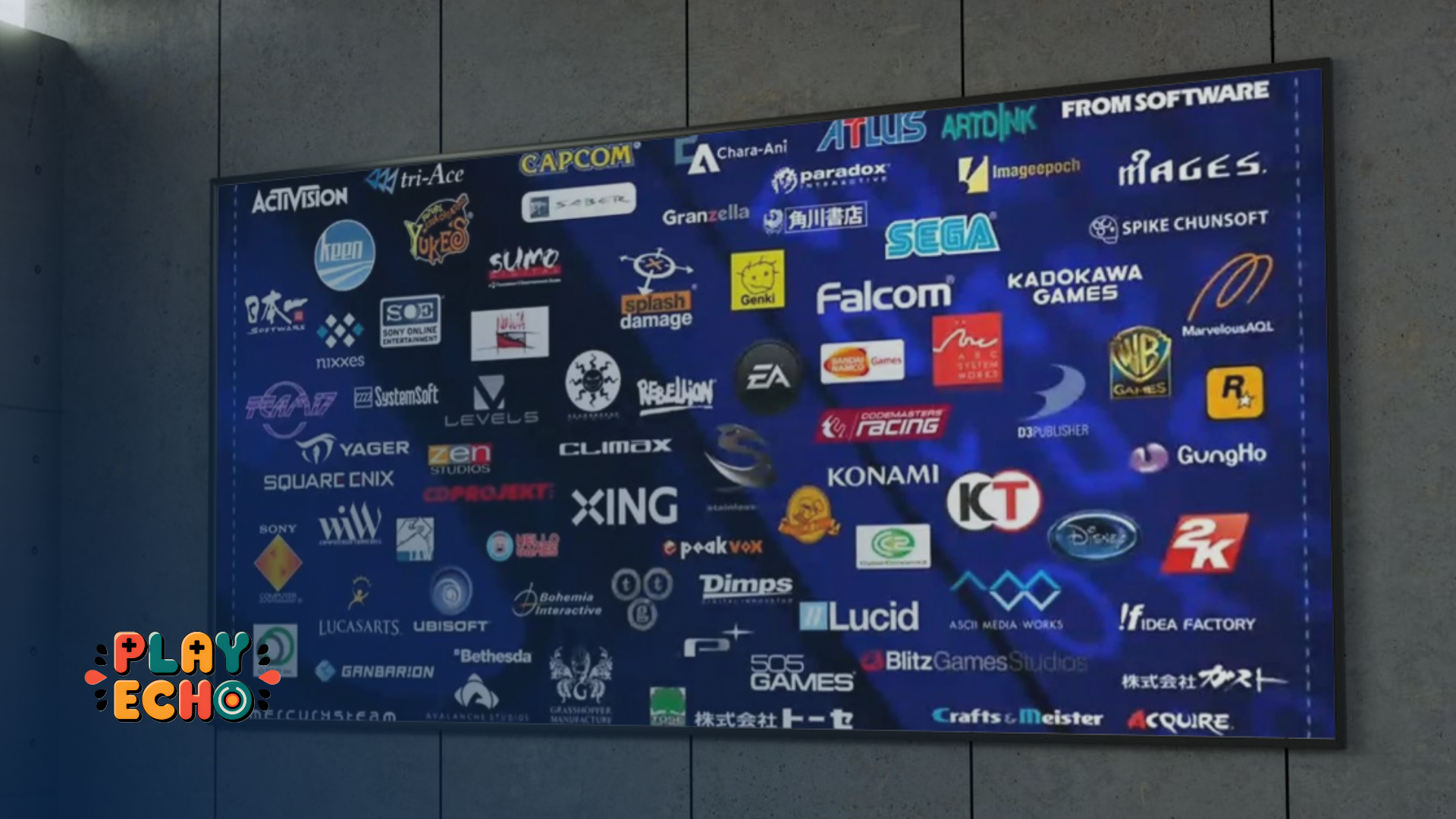
Sustainable Gaming: What Companies Are Doing in 2025 to Reduce Carbon Footprints
In 2025, gaming companies are focusing on sustainability by adopting renewable energy, energy-efficient technologies, and carbon offset projects to reduce their environmental impact. This article highlights their efforts to create a greener future for gaming.
GAME INDUSTRY
Tama
1/22/2025
Cross-Platform Play: Uniting Gamers Across Platforms
As concerns over climate change intensify, the gaming industry has taken note and is increasingly focusing on sustainability. In 2025, several prominent gaming companies have made significant strides to reduce their carbon footprint, incorporating renewable energy sources, implementing energy-saving practices, and prioritizing carbon offset projects. These efforts are not only in response to increasing demand for sustainability but also reflect a shift in corporate responsibility toward a greener future.
Tencent’s Renewable Energy Commitment
Tencent, a leading player in the global gaming market, is a strong advocate for sustainability. The company has committed to achieving carbon neutrality by 2030. By 2023, Tencent’s data centers across multiple regions were operating entirely on green energy. This commitment extends beyond energy consumption, with Tencent investing in sustainable technologies to reduce the carbon emissions from its game development and publishing processes. The company is also incorporating environmental sustainability into its internal operations, aiming to set an example for the rest of the gaming industry.
Microsoft’s Energy Efficiency Initiatives
Microsoft has long been a frontrunner in sustainability efforts, and its Xbox division continues to prioritize reducing the carbon footprint of gaming consoles. In 2025, Xbox introduced the Sustainability Toolkit to assist developers in creating energy-efficient games. The initiative encourages developers to measure and optimize the energy consumption of their games, ensuring more eco-friendly gaming experiences. Additionally, Microsoft has implemented features like automatic low-energy settings, reducing power consumption when consoles are not in use, which has led to significant carbon emission reductions.
Sony’s Commitment to Carbon Reduction
Sony has set a target to cut its carbon emissions by 60% by 2025, with a focus on reducing the environmental impact of its products and operations. The company has already made strides toward more sustainable gaming by reducing energy consumption in PlayStation consoles and adopting renewable energy sources in its operations. Sony is also collaborating with developers to create more energy-efficient games, further decreasing the industry's overall environmental impact. This commitment reflects the growing importance of sustainability in both the consumer electronics and gaming sectors.
Nintendo’s Eco-Friendly Future
Nintendo’s commitment to sustainability in 2025 is focused on achieving carbon neutrality by 2050. The company has made significant progress by integrating energy-efficient technologies into its operations, including using renewable energy sources for its facilities. Nintendo also aims to reduce the environmental impact of its products, focusing on reducing e-waste through recycling initiatives and designing more energy-efficient consoles and accessories. Through these efforts, Nintendo is positioning itself as a leader in environmentally-conscious gaming.
Sorare’s Path to Net-Zero Emissions
Sorare, a digital sports fantasy game, has taken a bold approach to sustainability by committing to a net-zero future. In 2025, the company has reduced its corporate carbon footprint by 99%, thanks to strategic moves such as shifting most transactions to a more energy-efficient Layer 2 blockchain. Sorare is collaborating with organizations like Plan A to achieve long-term sustainability goals, aligning its business practices with environmental responsibility. The company’s commitment to offsetting its carbon emissions demonstrates how digital games can make a tangible impact on sustainability.
These companies are part of a broader trend in the gaming industry, with sustainability efforts becoming a key focus for developers, publishers, and consumers alike. As 2025 progresses, we can expect more companies to join the movement toward greener gaming, both by reducing their carbon emissions and promoting eco-friendly initiatives to their player bases.
Conclusion
Sustainable gaming is not just a trend but a necessary shift in the way the gaming industry operates. As companies like Tencent, Microsoft, Sony, Nintendo, and Sorare lead the charge, it’s clear that the gaming world is moving toward more eco-friendly practices. These changes are essential for mitigating climate change and setting an example for other industries. As the sector continues to innovate, sustainability will play an even more central role in shaping the future of gaming.
PlayEcho delivers the latest news, reviews, and insights from the gaming world, highlighting local talents and global trends for gamers everywhere.
FAQs
What is carbon neutrality?
A: Carbon neutrality means balancing the amount of carbon emissions produced with an equivalent amount of carbon offset.How does the Xbox Sustainability Toolkit help developers?
A: It provides tools to measure and optimize the energy consumption of games.What are Scope 1, 2, and 3 emissions?
A: Scope 1 covers direct emissions from owned sources, Scope 2 covers emissions from purchased electricity, and Scope 3 includes all other indirect emissions.How do carbon offset projects benefit gaming companies?
A: They allow companies to compensate for their emissions by investing in projects that remove or reduce carbon from the atmosphere.How can consumers support sustainable gaming practices?
A: By choosing eco-conscious companies, reducing energy use during gaming, and recycling electronics properly.
Terms and Conditions
Privacy Policy
PlayEcho
Newest information about game industry and analysis.
Subscribe to our newsletter
© 2025. All rights reserved.








